I am trying to plot a 5 dimensional plot in R. I am currently using the rgl package to plot my data in 4 dimensions, using 3 variables as the x,y,z, coordinates, another variable as the color. I am wondering if I can add a fifth variable using this package, like for example the size or the shape of the points in the space. Here's an example of my data, and my current code:
set.seed(1)
df <- data.frame(replicate(4,sample(1:200,1000,rep=TRUE)))
addme <- data.frame(replicate(1,sample(0:1,1000,rep=TRUE)))
df <- cbind(df,addme)
colnames(df) <- c("var1","var2","var3","var4","var5")
require(rgl)
plot3d(df$var1, df$var2, df$var3, col=as.numeric(df$var4), size=0.5, type='s',xlab="var1",ylab="var2",zlab="var3")
I hope it is possible to do the 5th dimension. Many thanks,

